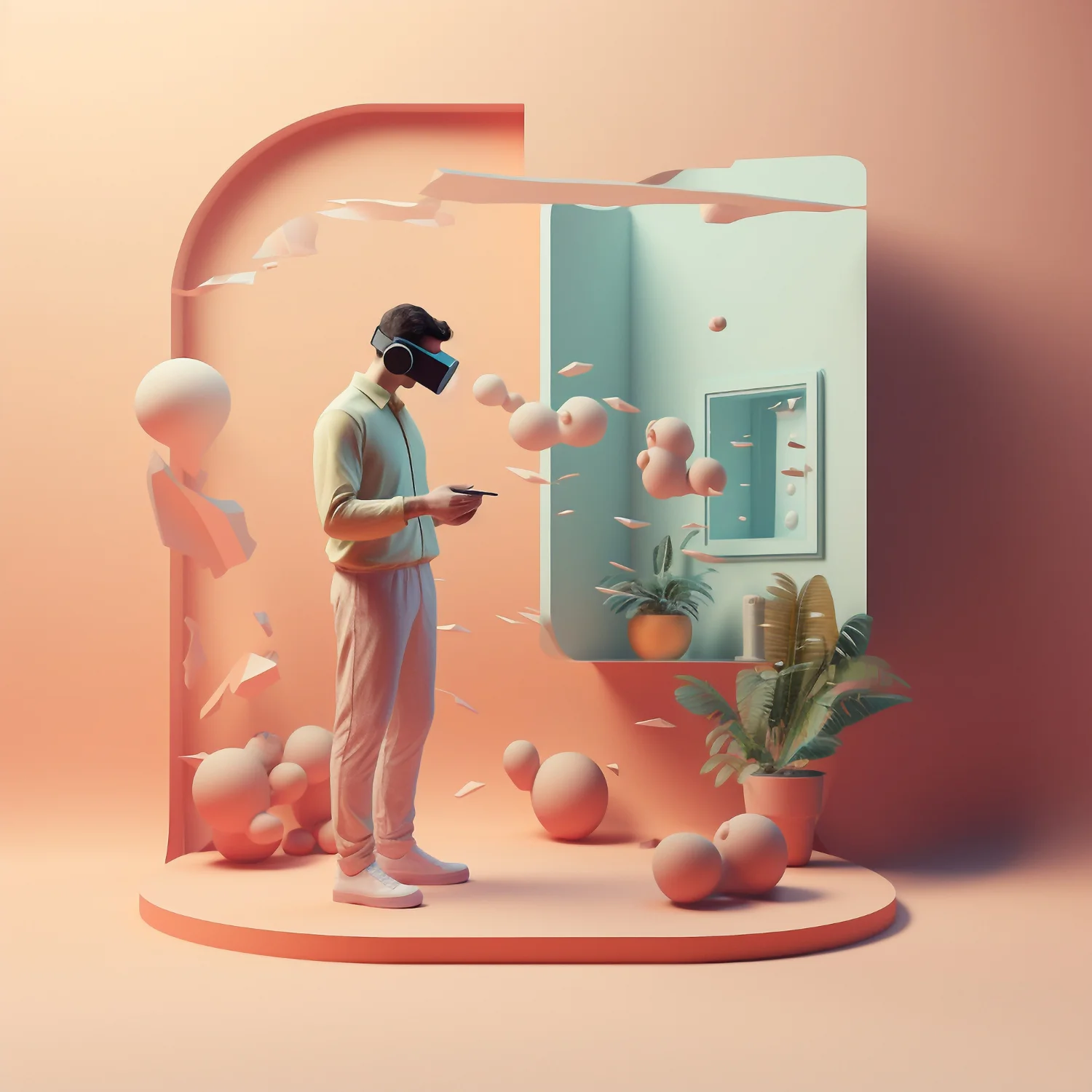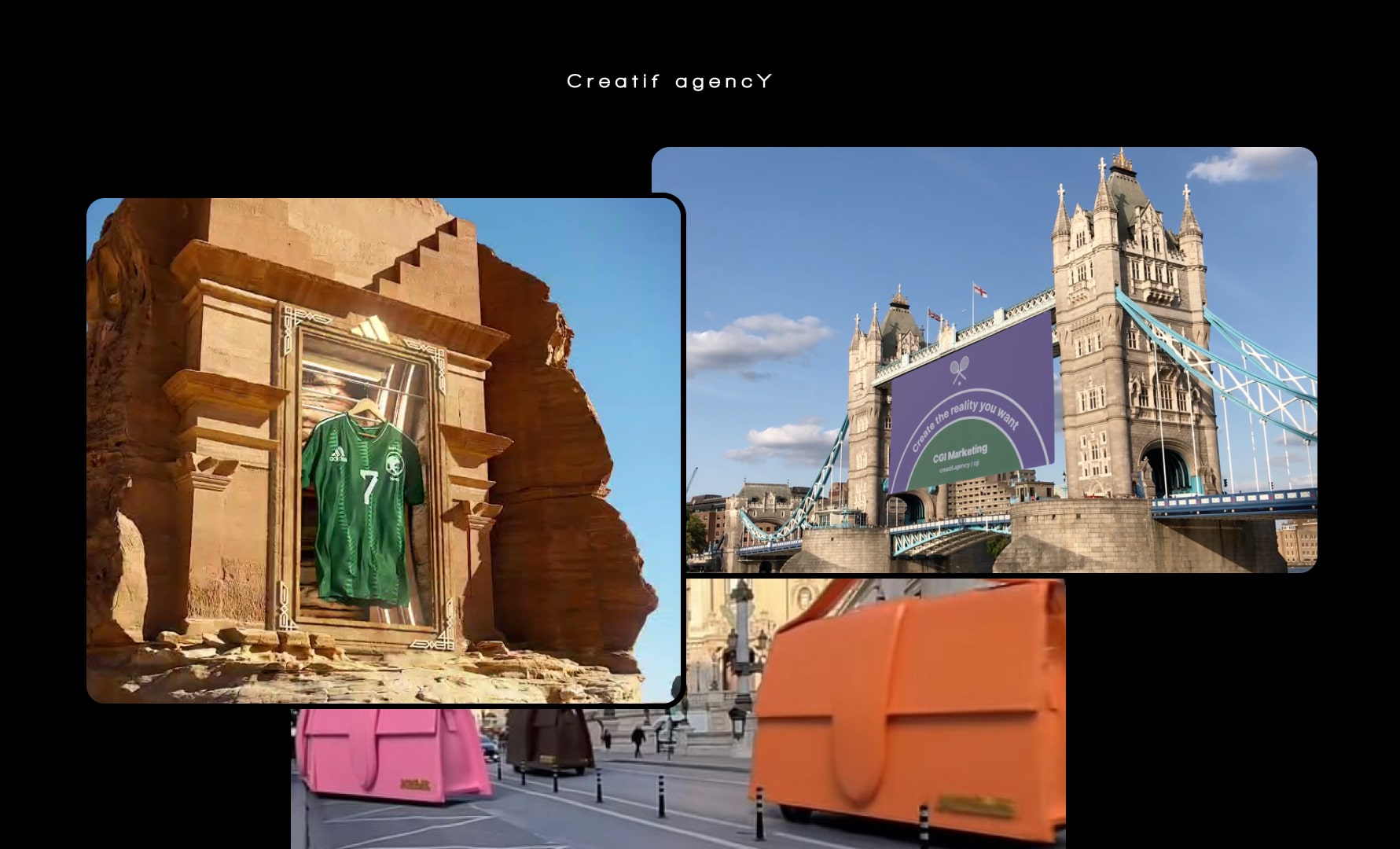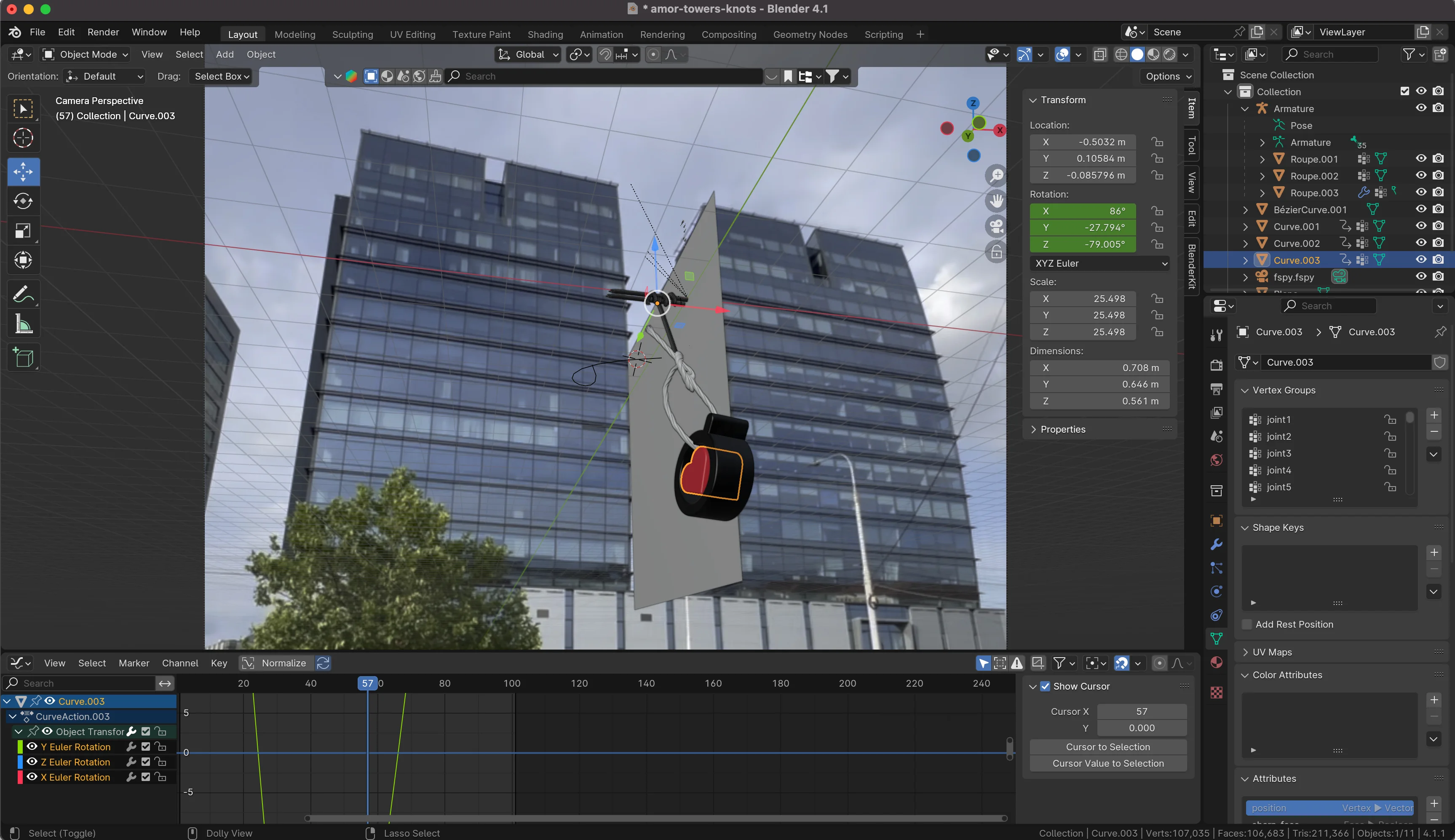How to create CGI ads?

CGI, or Computer Generated Imagery, has revolutionized the field of advertising, offering endless possibilities for creating captivating and visually stunning ads. Creatif Agency unveiles the world of CGI ads, exploring the basics, necessary tools, the creation process, key elements for success, and overcoming common challenges.
Understanding the Basics of CGI in Advertising
What is CGI?
CGI refers to the use of computer graphics to create images, animations, and visual effects in advertisement. It involves the use of specialized software and powerful hardware to manipulate digital elements and bring them to life.
CGI has revolutionized the advertising industry by offering endless possibilities for creativity and innovation. Advertisers can now create stunning visual experiences that captivate audiences and leave a lasting impression.
The Role of CGI in Modern Advertising
With the rapid advancement of technology, CGI has become an integral part of modern advertising. It offers advertisers the ability to create realistic and visually captivating ads that would be otherwise impossible to achieve using traditional production methods.
CGI allows advertisers to showcase their products or services in a highly customizable and dynamic manner, enabling them to engage with their target audience in a more immersive and impactful way.
Furthermore, CGI opens up new avenues for storytelling in advertising. Advertisers can create fantastical worlds, magical creatures, and breathtaking visual effects to convey their brand message in a memorable and compelling way.
Necessary Tools for Creating CGI Ads
Software Options for CGI Creation
When it comes to CGI creation, several software options are available, catering to diverse needs and skill levels. Industry-standard software like Autodesk Maya, Cinema 4D, and Blender provide powerful tools and features for creating high-quality CGI ads.
These software applications offer a wide range of functionalities, including modeling, texturing, lighting, rigging, animation, and rendering, all of which are essential for the creation of captivating CGI ads.
Moreover, specialized plugins and scripts can be integrated into these software programs to further enhance the capabilities and streamline the workflow of CGI artists. These addons can range from advanced simulation tools to specialized rendering engines, allowing artists to achieve specific visual effects and styles with precision.
Hardware Requirements for CGI Production
Creating CGI ads requires a robust hardware setup to handle the intensive computational tasks involved. A powerful computer with a multicore processor, a significant amount of RAM, and a high-performance graphics card is essential to ensure smooth and efficient workflow.
In addition to the hardware, artists may also utilize input devices such as graphics tablets to enhance the precision and fluidity of their creative process.
Furthermore, external storage solutions such as solid-state drives (SSDs) or network-attached storage (NAS) devices are commonly used to store and manage large amounts of data generated during the CGI production process. This helps artists access their files quickly and maintain organized project structures, improving overall productivity and collaboration within CGI production teams.
The Process of Creating CGI Ads
Pre-production Stage
Before diving into the creation of CGI ads, thorough planning and pre-production are essential. This stage involves conceptualizing the ad, creating storyboards, and developing a detailed production plan.
Art directors, CGI artists, and copywriters collaborate to ensure that the creative vision aligns with the marketing objectives and target audience preferences. This collaborative effort lays the foundation for a successful CGI ad production.
During the pre-production stage, extensive research is conducted to understand the brand identity, market trends, and consumer behavior. This research helps in crafting a compelling narrative that resonates with the audience and drives engagement.
Production Stage
Once the pre-production phase is complete, the production stage begins. This stage involves modeling, texturing, lighting, rigging, and animating the CGI elements. These steps require a combination of technical expertise and artistic vision.
CGI artists meticulously craft and refine each element, paying attention to details such as shadows, reflections, and textures to ensure a lifelike and immersive visual experience.
Moreover, the production stage also includes voice-over recording sessions, where talented voice actors bring characters to life and add depth to the storytelling. The synergy between the visual elements and voice-overs enhances the overall impact of the CGI ad.
Post-production Stage
After the CGI elements have been created, the post-production stage begins. This stage involves compositing the CGI elements into the live-action footage, color grading, and adding special effects and sound to enhance the overall impact of the ad.
Attention to detail and seamless integration of the CGI elements with the live-action footage is crucial to ensure a cohesive and visually stunning final product.
Furthermore, the post-production stage also includes extensive quality assurance checks to ensure that the CGI ad meets the highest standards of visual and audio quality. Any imperfections or inconsistencies are meticulously addressed during this phase to deliver a polished and captivating advertisement.
Key Elements of Effective CGI Ads
Storytelling through CGI
Effective CGI ads go beyond visual appeal; they tell a compelling story that resonates with the audience. The story should capture their attention, evoke emotions, and leave a lasting impression.
By weaving a narrative that aligns with the brand’s values and objectives, CGI ads can engage viewers on a deeper level, fostering a stronger connection with the brand and its message.
Furthermore, storytelling through CGI allows for the creation of immersive worlds and characters that can transport viewers to new and exciting realms. Whether it’s a heartwarming tale of friendship or an epic adventure, CGI storytelling has the power to evoke powerful emotions and create a memorable experience for the audience.
Visual Appeal in CGI Ads
While storytelling is essential, the visual appeal of CGI ads cannot be ignored. CGI offers limitless possibilities for creating visually stunning and captivating imagery.
Moreover, the use of CGI in advertising opens up a world of creativity where advertisers can bring their wildest imaginations to life. From breathtaking landscapes to futuristic cityscapes, CGI allows for the creation of visually striking scenes that leave a lasting impact on viewers.
Balancing Realism and Creativity
Striking the right balance between realism and creativity is crucial when creating CGI ads. While realism can help establish credibility and authenticity, injecting creativity can make the ads more memorable and distinctive.
By applying creative techniques and pushing the boundaries of what is possible, advertisers can create CGI ads that stand out from the crowd and leave a lasting impression on viewers.
Furthermore, finding the perfect harmony between realism and creativity in CGI ads can result in campaigns that not only capture the audience’s attention but also spark their imagination. This delicate balance allows for the creation of ads that are both visually stunning and conceptually innovative, setting a new standard for advertising in the digital age.
Overcoming Common Challenges in CGI Ad Creation
Time and Resource Management
CGI ad creation can be a complex and time-consuming process. Effective time and resource management are key to successful project completion.
By carefully planning and adhering to a production schedule, allocating resources wisely, and collaborating effectively, advertisers can overcome the challenges associated with time and resource constraints.
Furthermore, establishing clear communication channels among team members and stakeholders is essential for efficient workflow management. Regular check-ins, progress updates, and feedback sessions help ensure that everyone is aligned and working towards the same goal.
Keeping Up with Technological Advances
The field of CGI is continuously evolving, with new tools, techniques, and technologies emerging regularly. Keeping up with these advancements is crucial to stay ahead in the competitive world of advertising.
CGI artists should stay updated with the latest software updates, learn new techniques, and embrace emerging technologies like virtual reality (VR) and augmented reality (AR) to create innovative and cutting-edge CGI ads.
Moreover, attending industry conferences, workshops, and online courses can provide valuable insights into upcoming trends and best practices in CGI ad creation. Networking with other professionals in the field can also offer opportunities for collaboration and knowledge sharing.
Read more
- CGI Ads in Paris: CGI is the new Marketing trend
- CGI Marketing campaigns in London, UK
- Who creates CGI Ads?
- London’s best design agencies
Let’s get in touch
Ready to revolutionize your marketing strategy with a CGI campaign? Contact Creatif Agency today to discover how we can help your brand stand out with innovative and engaging CGI content.
For more information and to view our portfolio, visit our dedicated service page.










